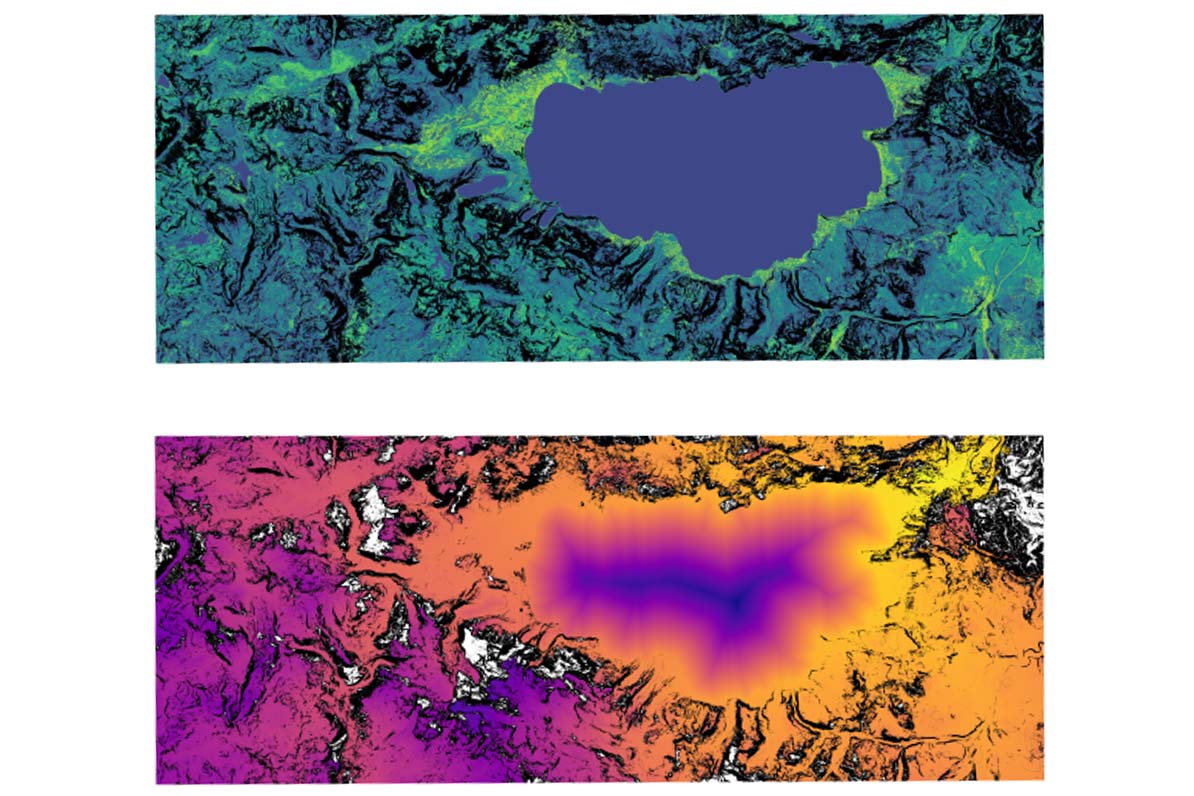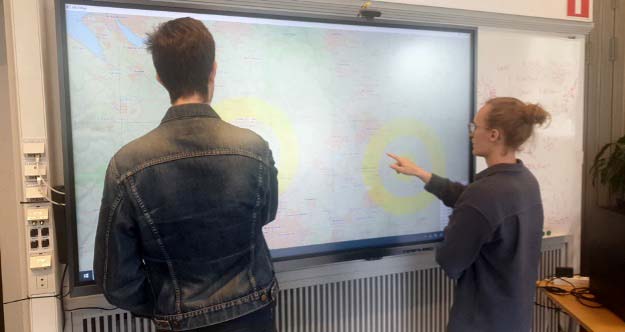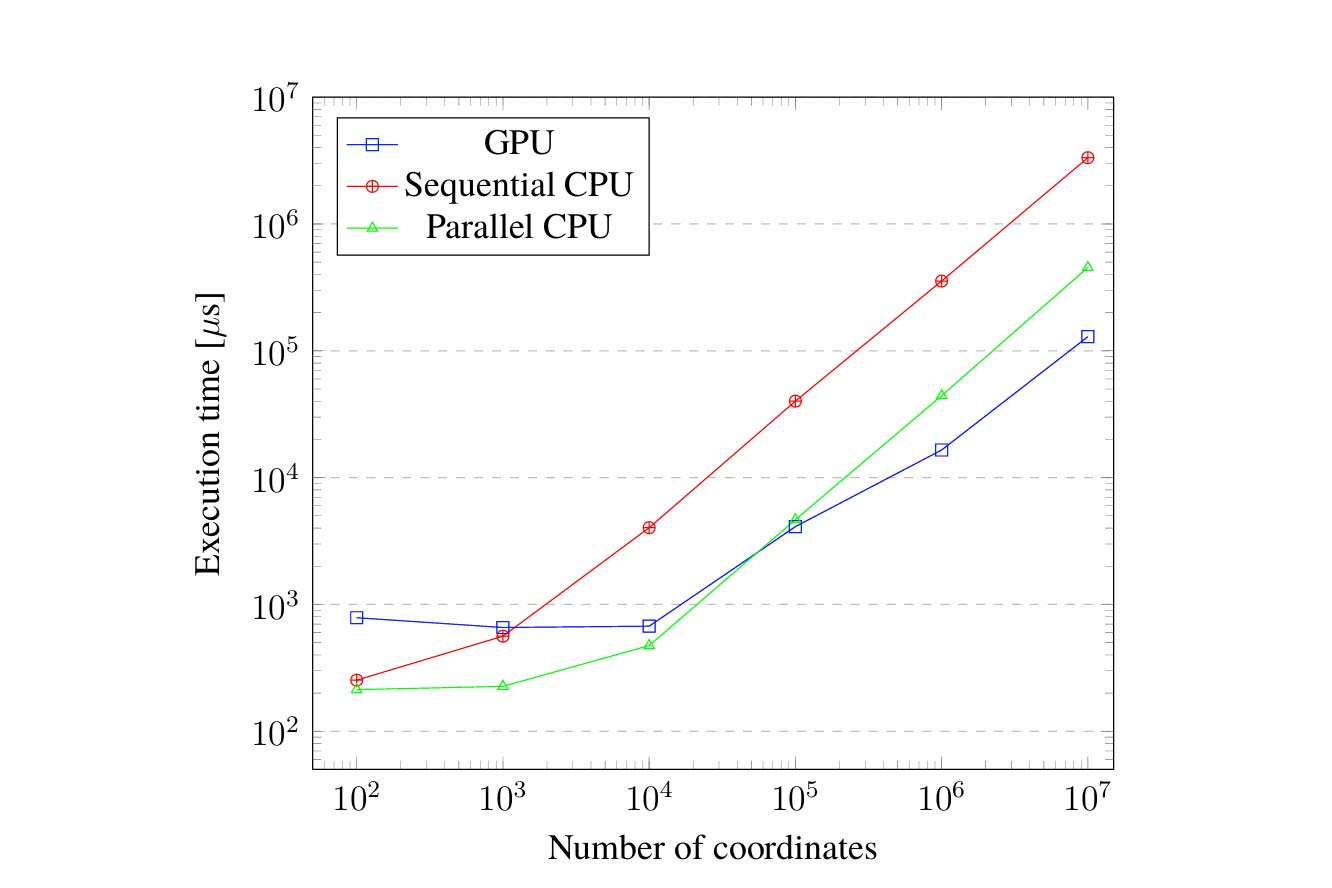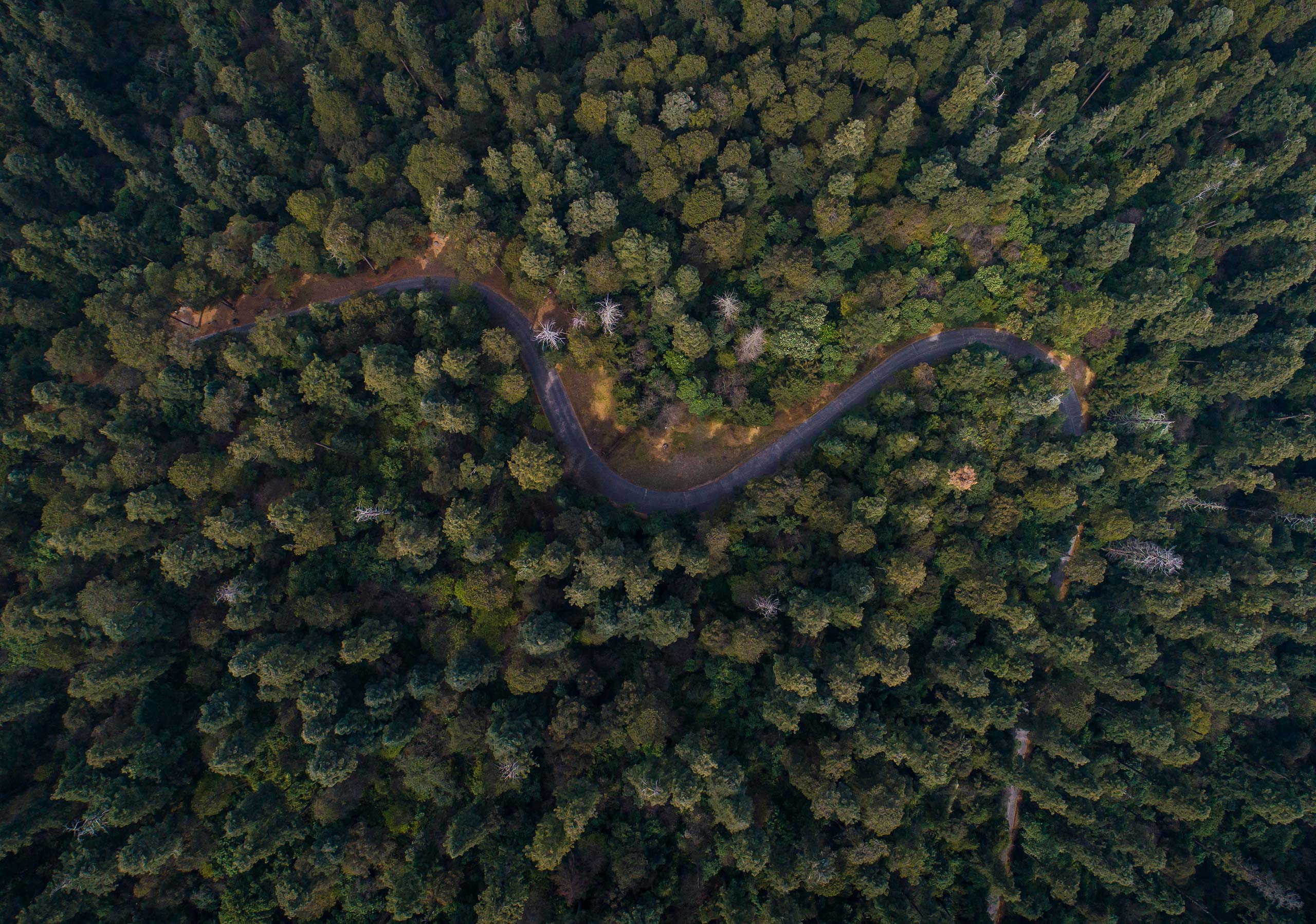Abstract
Sharing a single, large touchscreen between several collaborating users is the research area of multi-user touchscreen interfaces, also named collaborative groupware. Collaborative groupware concerns how to best facilitate teamwork over such shared digital spaces. The technology is used in a number of high-technological and expert-dominated domains including emergency coordination, urban planning, military strategy, etc.
This thesis investigates the problem of how to facilitate such mixed-focus work on a multi-user touchscreen in a two-dimensional geospatial context – a digital map – while avoiding the problematic use of widgets and click interfaces.
Through a background study of previous work, a new solution is suggested. It is a handchord-input-based interface that uses hand-pattern recognition to interface with multiple users simultaneously and provides graphical tools to enable and enhance geospatial collaborative work. This solution is implemented and evaluated in two user studies. The first investigates the solution in the aspects of practical interfacing, tool impact, and hybrid collaboration on small teams of two. A second smaller expert user study evaluates the technique in the aspects of responsiveness, effectiveness, and representation; with more formalized procedures.
The results show that a strong majority of users in the first study could successfully and quickly learn chord-input interfacing, and use it to access a variety of functionality with effectivity and enhancement of collaboration. The results of the second survey received moderately positive feedback in all aspects, with reserved opinions for its usage potential. These results indicate that chord-based interfacing, successfully implemented, could contribute to improved teamwork and task-solving in relevant collaborative contexts.
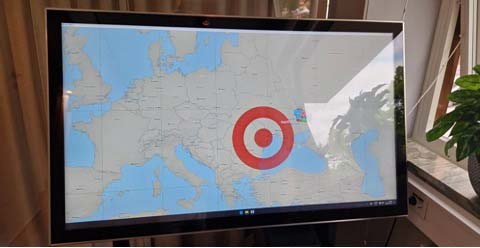
Image source (both images in article): Heyman, Hugo.
